Genus Ficus Rank Species | ||
 | ||
Similar Fig, Moraceae, Ficus maxima, Ficus monckii, Ficus citrifolia | ||
Figueira brava figueira branca gameleira ficus insipida
Ficus insipida is a tropical tree in the fig genus of the family Moraceae. It ranges from Mexico to South America, and is commonly found in cloud forest above 1,550 meters ASL.
Contents
- Figueira brava figueira branca gameleira ficus insipida
- Figueira gigante ficus insipida rondon pr
- Description and ecology
- Use by humans
- References
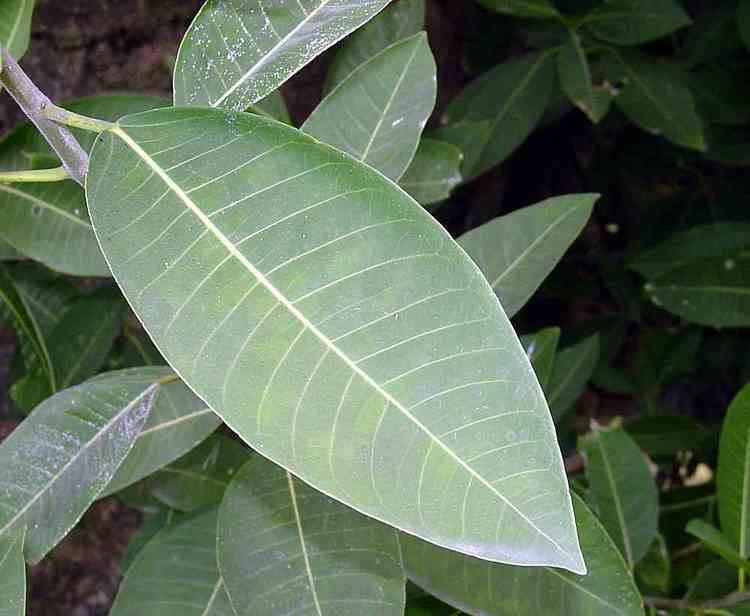
Figueira gigante ficus insipida rondon pr
Description and ecology
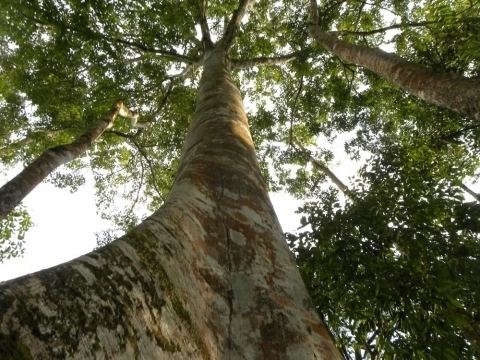
This is a tree with buttress roots which ranges from 8–40 m (26–131 ft) tall. Although it is a freestanding tree when mature, F. insipida begins its growth as a climbing vine. It clings to a mature tree, eventually strangling it. Its favored hosts are Guarea tuisana and Sapium pachystachys, and it is also frequently found on already-dead trees.
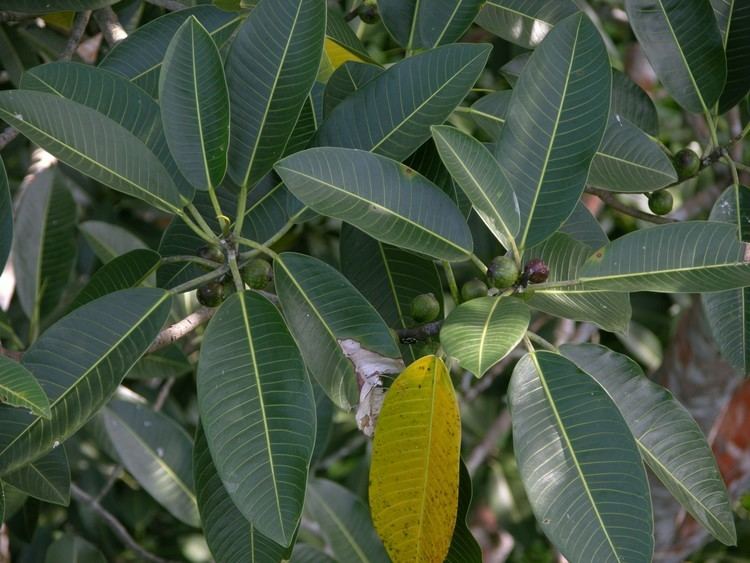
Leaves vary shape from narrow to ellipse-shaped; they range from 5–25 cm (2.0–9.8 in) long and from 2–11 cm (0.79–4.33 in) wide. It flowers February to April and bears warty, yellow-green fruit 4–6 cm in diameter. Though they are edible like most figs, as the scientific name (literally "insipid fig") implies they are of unremarkable taste. Monkeys feed on fruits still on the tree, and fallen fruits are eaten by peccaries.
Two subspecies can be distinguished:
Use by humans
The wood is soft, but it is used for construction purposes where durability is not important.
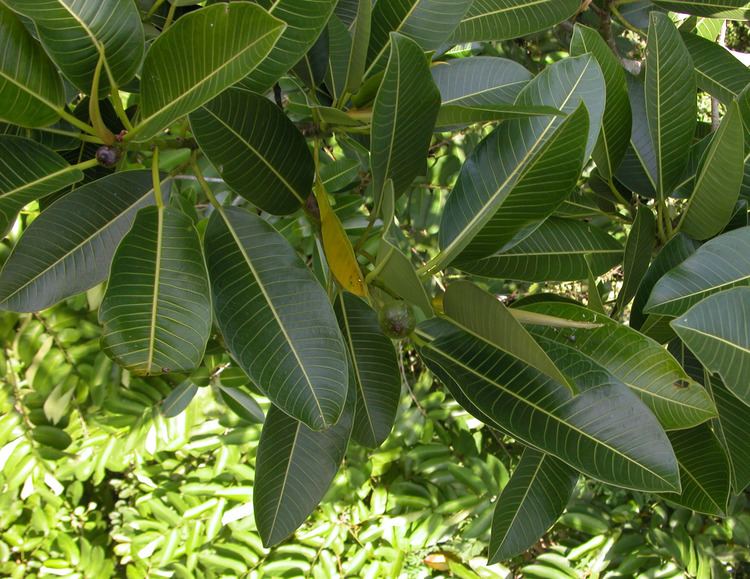
Ficus insipida is used by wajacas (shamans) of the Craós (Krahós, Krahô) tribe in Brazil as a memory enhancer. Its latex is also employed in South American folk medicine as the anthelmintic called ojé, but as it is toxic it must be used with care.
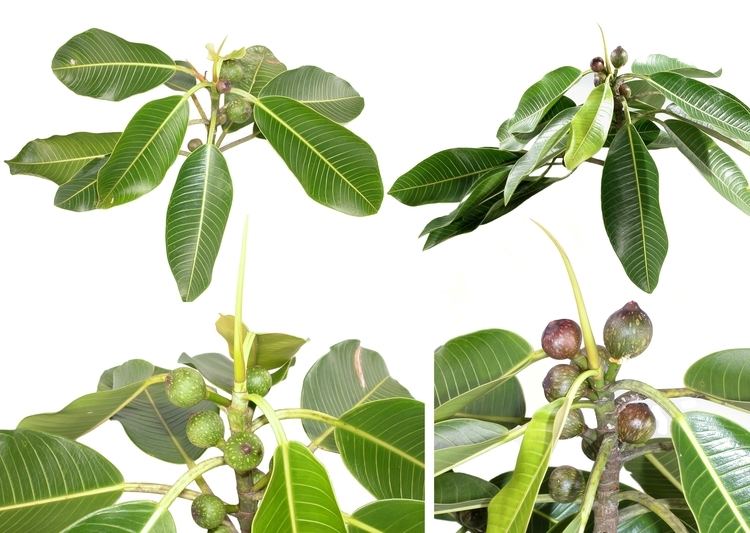
Maya codices (singular codex) are folding books stemming from the pre-Columbian Maya civilization, written in Maya hieroglyphic script on Mesoamerican bark cloth, Amatl, made from the inner bark of certain trees, the main being the wild fig tree or Amate (Ficus glabrata; a synonym of the Ficus insipida).
